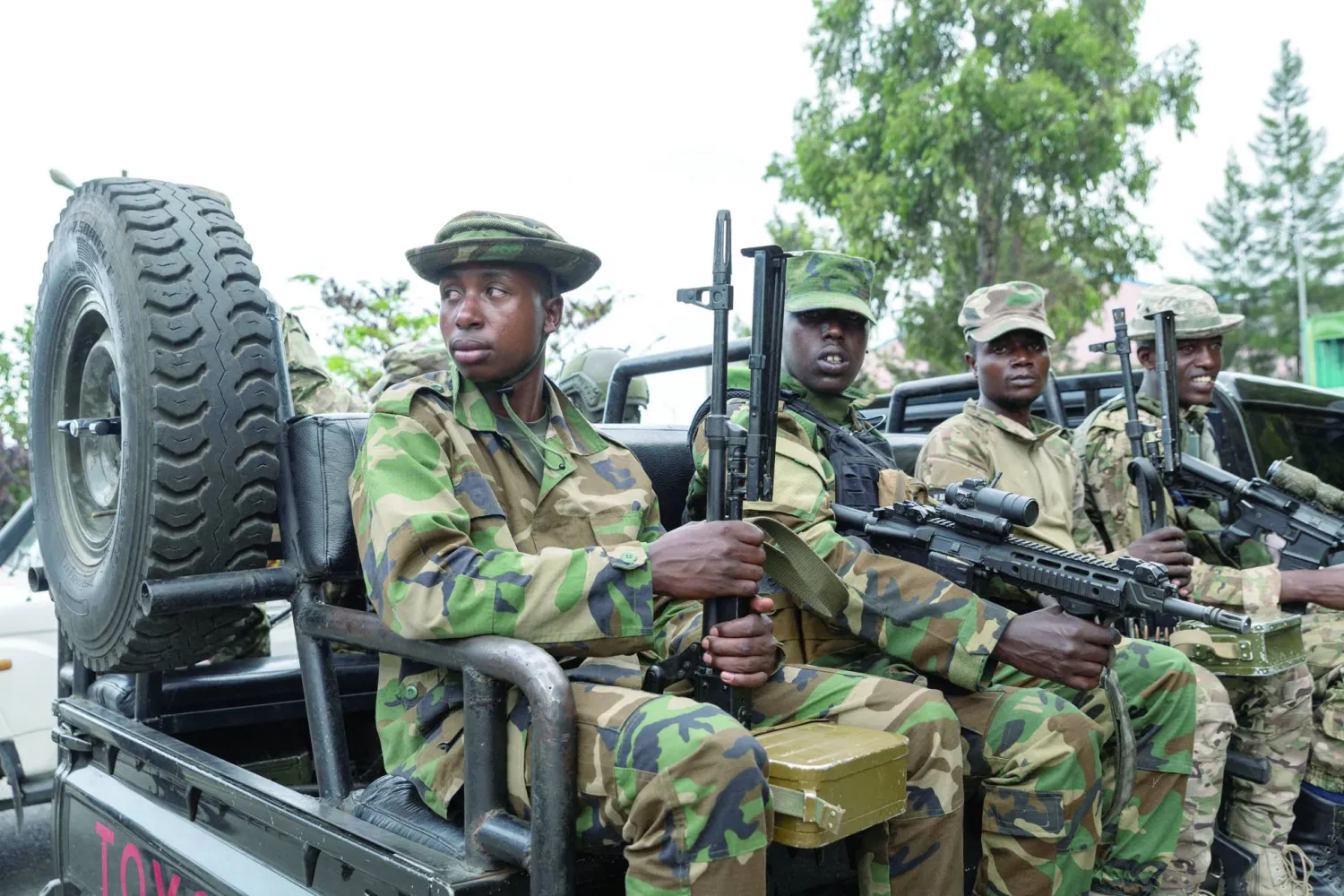Ethiopia's army said on Friday its troops had killed more than 300 fighters from the Fano armed group in two days of clashes in the northern Amhara region, as fears have emerged of a wider regional war.
The Fano militia fought alongside the army and Eritrean forces in a two-year civil war that pitted Addis Ababa against the Tigray People's Liberation Front (TPLF), which controls the northern region of Tigray.
Since then Eritrea and Ethiopia have fallen out, the former was excluded from peace talks to end that war in November 2022.
Fears of a new war emerged in recent weeks after Eritrea reportedly ordered a nationwide military mobilization and Ethiopia deployed troops toward their border.
Fighting between Ethiopia's army and Fano - a loose collection of militias with no centralized leadership - broke out in July 2023, fueled in part by a sense of betrayal among many Amharas about the terms of the 2022 peace deal.
The army said in a statement on Friday: "The extremist group calling itself Fano...carried out attacks in various (zones) of the Amhara region under the name of Operation Unity, and has been destroyed."
It said 317 Fano fighters were killed and 125 injured. Abebe Fantahun, spokesperson of Amhara Fano in Wollo Bete-Amhara, contradicted the tally, telling Reuters late on Friday the army had not killed even 30 of their fighters.
Yohannes Nigusu, spokesperson for Fano in Gondar, Amhara region, said 602 federal army soldiers were killed in the fighting and 430 wounded, while 98 soldiers had been captured and weapons had been seized by the militia.
Abebe also described as a "lie" the national army's claim that Brigadier General Migbey Haile, a senior military official allied with one of TPLF's factions, supported Fano's Operation Unity and denied he had any links to the militia.
Reuters was unable to independently verify the number of those killed in the fighting.
Getnet Adane, the army spokesperson, and Legesse Tulu, the federal government spokesperson, did not immediately respond to a request for comment on the toll shared by Fano.
Amanuel Assefa, a senior official in Debretsion Gebremichael's faction of the TPLF Migbey belongs to, did not immediately respond to a request for comment.
Ethiopia's Army Says It Killed More than 300 Fano Militiamen in Two Days of Fighting

Ethiopia and Eritrea on warpath. (Reuters)

Ethiopia's Army Says It Killed More than 300 Fano Militiamen in Two Days of Fighting

Ethiopia and Eritrea on warpath. (Reuters)
لم تشترك بعد
انشئ حساباً خاصاً بك لتحصل على أخبار مخصصة لك ولتتمتع بخاصية حفظ المقالات وتتلقى نشراتنا البريدية المتنوعة







